Ever wondered what professional chefs actually keep in their refrigerators? While home cooks often stock up on the usual suspects, the pros take a more strategic (and flavorful) approach. From bold umami boosters to the freshest herbs, certain ingredients are always on standby in a chef’s fridge, ready to elevate any dish in an instant. But just as important as what’s in their fridge is what they refuse to store there. Some common staples actually lose their flavor—or worse—when chilled. Ready to rethink your fridge? Here are 8 chef-approved essentials you’ll want to stock—and 4 items best left out.
1. Eggs
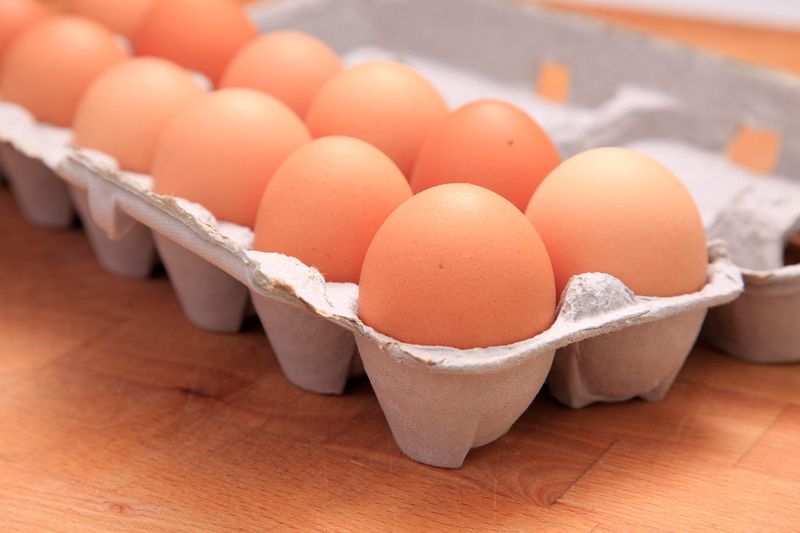
Professional chefs consider eggs the backbone of countless dishes. From perfect morning omelets to silky pasta carbonara, these protein powerhouses earn their prime fridge real estate.
Most chefs prefer pasture-raised varieties with those vibrant orange yolks that signal superior flavor and nutrition. Beyond cooking them directly, eggs emulsify sauces, bind ingredients, and create structure in baked goods.
One chef’s trick: Keep eggs in their original carton rather than in those built-in door compartments. The constant opening and closing of the door creates temperature fluctuations that can reduce freshness.
2. Butter
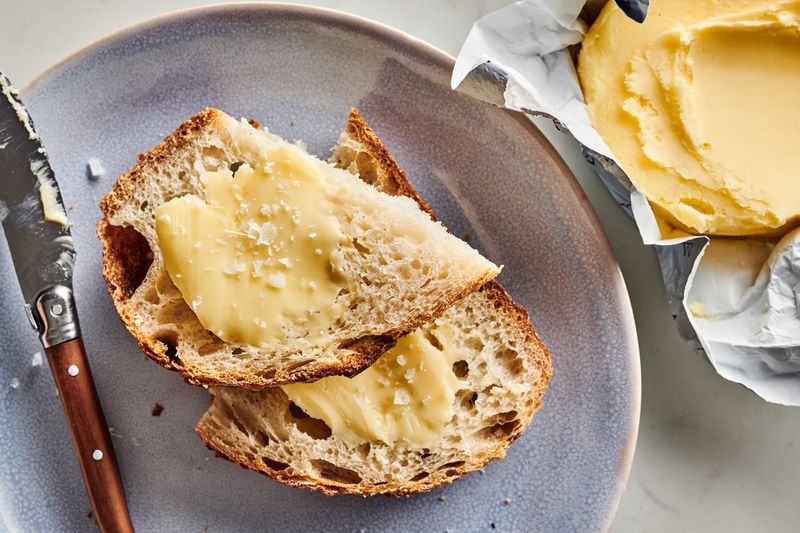
Walk into any chef’s kitchen and you’ll find premium butter—often European-style with higher butterfat content. Unlike regular supermarket varieties, cultured butter offers complex, tangy notes that elevate everything from morning toast to finishing sauces.
Many chefs maintain two types: unsalted for precise seasoning control in cooking, and a special salted variety for spreading on bread or finishing dishes.
The difference in taste between basic and premium butter is remarkable. Smart storage tip: Keep everyday butter in a covered dish at room temperature and reserve the specialty stuff in the fridge for special occasions.
3. Anchovies
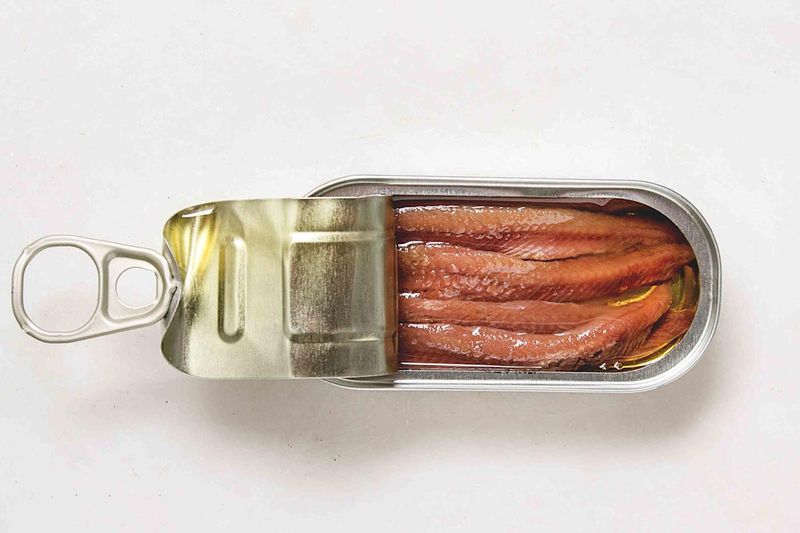
Those tiny jars of anchovies might seem unassuming, but chefs treasure them as flavor bombs. Just a fillet or two dissolved into a sauce creates incredible depth without tasting “fishy” at all.
Quality matters—look for anchovies packed in olive oil rather than vegetable oil for better flavor. They transform ordinary Caesar dressings, pasta sauces, and even beef stews into restaurant-worthy creations.
Once opened, transfer remaining anchovies to a glass container covered completely with olive oil. This prevents oxidation and extends their life while preserving that concentrated savory magic chefs rely on.
4. Kimchi
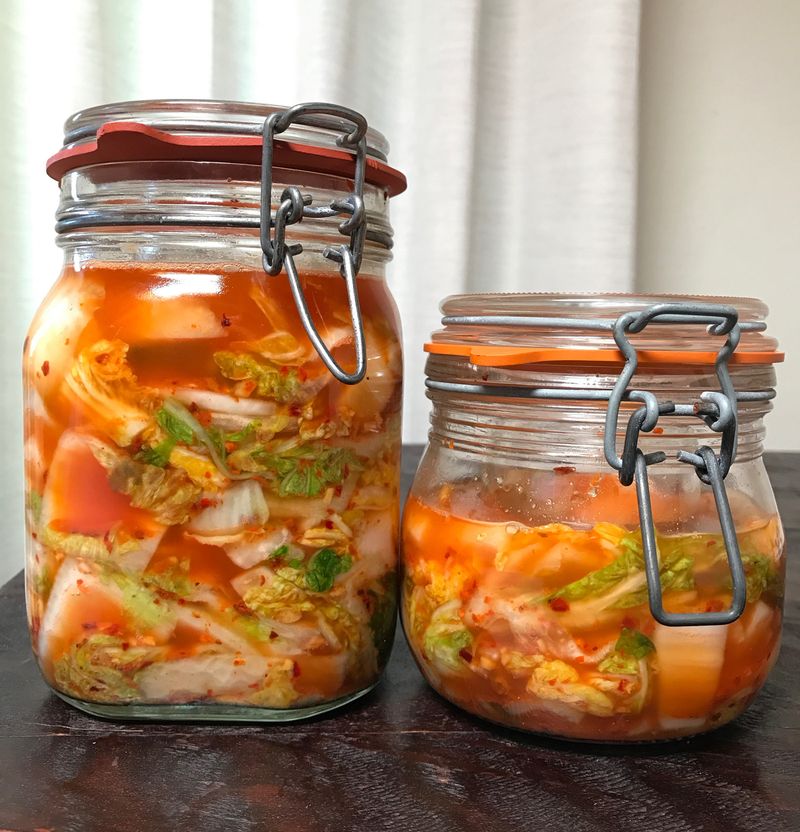
Bright, funky, and alive with probiotics, kimchi has escaped its traditional Korean roots to become a chef’s secret ingredient worldwide. This fermented cabbage creation adds instant complexity to scrambled eggs, fried rice, or even grilled cheese sandwiches.
Chefs particularly value aged kimchi—the longer it ferments, the deeper and more complex its flavor becomes. The tanginess cuts through rich dishes while the spice adds dimension.
Store kimchi in a glass container rather than metal to prevent reactions with its acids. Always use clean utensils when serving to prevent introducing unwanted bacteria that could alter its carefully developed flavor profile.
5. Premium Cured Meats

Paper-thin slices of prosciutto draped over melon. Salami arranged on a cheese board. Chefs maintain a selection of cured meats for impromptu entertaining or adding instant sophistication to everyday dishes.
These preserved treasures require minimal preparation while delivering maximum impact. A handful of thinly sliced speck tossed into pasta right before serving or chorizo diced into scrambled eggs transforms simple meals into something special.
Store properly wrapped in butcher paper rather than plastic, which traps moisture. Bring to room temperature before serving to awaken their complex flavors—a technique professional chefs swear makes all the difference in appreciating their subtle nuances.
6. Parmigiano Reggiano
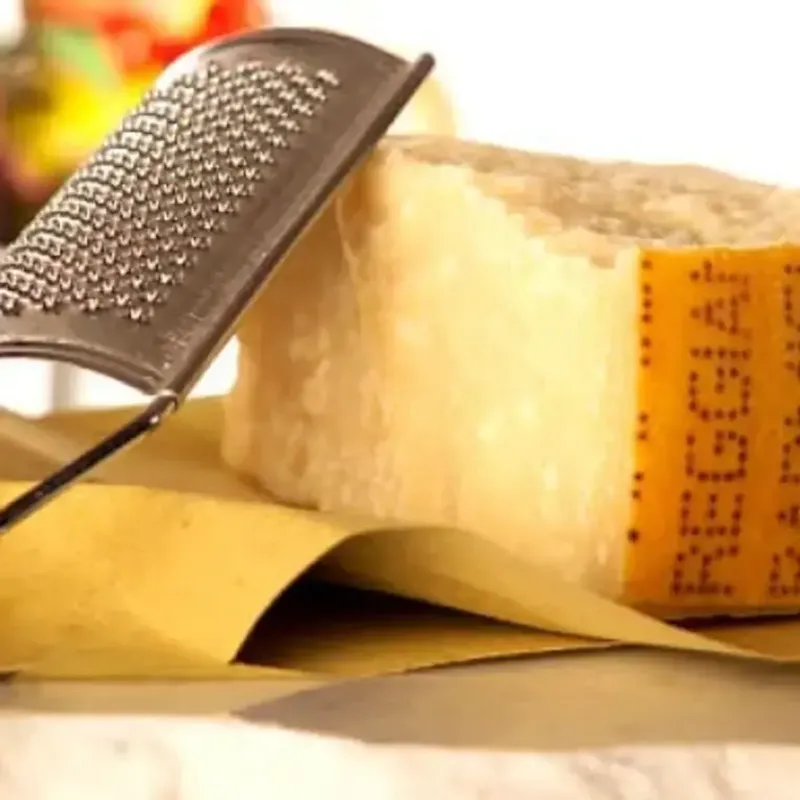
That giant wedge of aged Parmigiano Reggiano isn’t just for pasta night. Chefs consider this the ultimate refrigerator investment—a chunk lasts months and elevates countless dishes.
Unlike pre-grated versions, fresh-grated Parmigiano offers unmatched nutty complexity and those delightful umami crystals that develop during aging. Chefs use the rinds too, tossing them into simmering soups and stews as flavor enhancers.
For proper storage, wrap in parchment paper, then loosely in foil—never plastic wrap, which prevents proper breathing. This preserves both texture and flavor, ensuring your investment stays delicious down to the last shaving.
7. Herbs
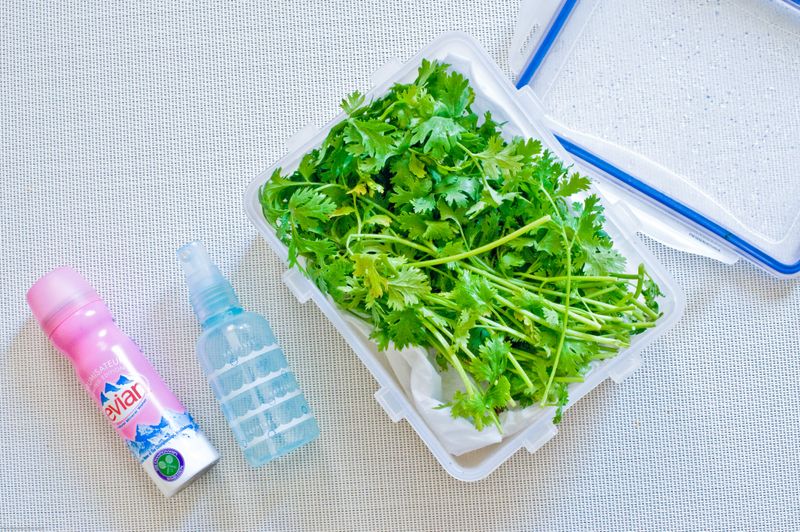
Forget dried herbs in a jar—professional chefs maintain small bundles of living herbs in their refrigerators. Cilantro brightens tacos, parsley finishes pasta, and mint transforms ordinary water into something special.
The pro method for storage: Trim stems like flowers, place in jars with water, and cover loosely with plastic bags. This creates a mini greenhouse effect that extends life dramatically compared to those plastic clamshell packages.
Rotating seasonal varieties ensures you’ll always have the right finishing touch. Even in winter, hardy options like thyme and rosemary provide freshness when summer herbs aren’t at their peak—a chef’s strategy for year-round vibrant flavors.
8. Homemade Stocks
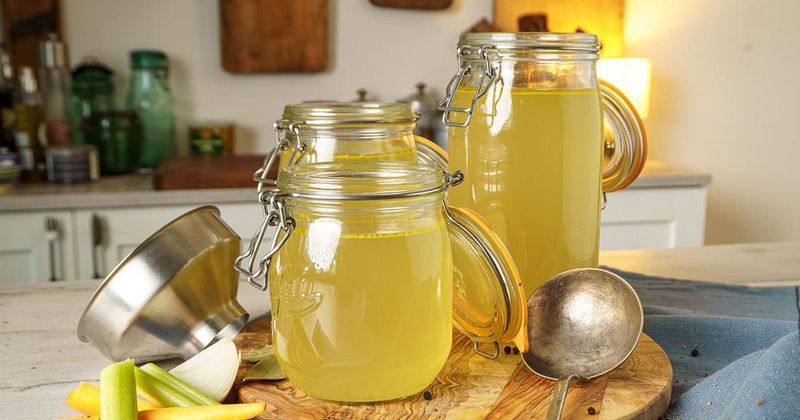
Those containers of amber-colored liquid aren’t leftovers—they’re culinary gold. Professional chefs never discard bones or vegetable scraps, transforming them instead into rich, gelatinous stocks that form the foundation of restaurant-quality cooking.
Unlike store-bought versions, homemade stocks contain no preservatives or excess sodium. They’re reduced to concentrate flavor, then frozen in various portions—ice cube trays for small amounts, pint containers for larger needs.
The difference between water and stock in a recipe is dramatic. Just a splash deglazes pans, enriches grains, or transforms basic soup into something that tastes like it simmered all day—the professional shortcut to depth in everyday cooking.
9. Tomatoes
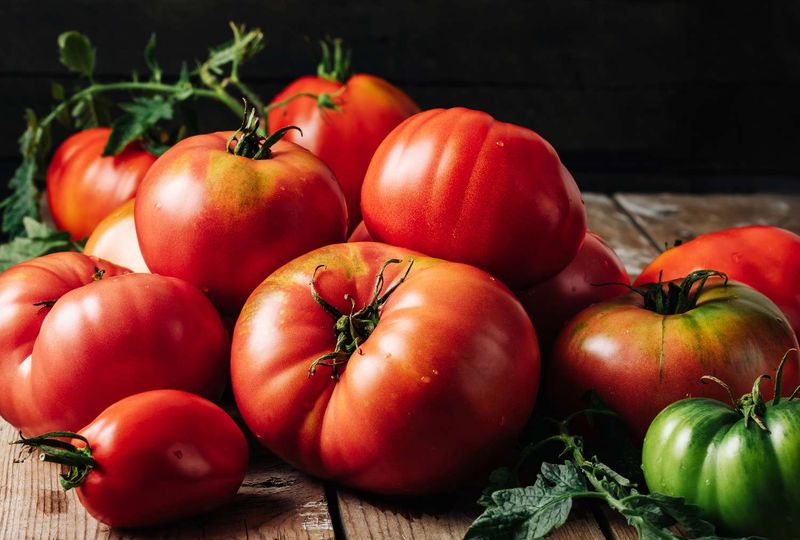
Those beautiful heirloom tomatoes deserve better than cold storage. Refrigeration destroys their delicate cellular structure, resulting in mealy texture and diminished flavor—a cardinal sin in professional kitchens.
Instead, chefs store tomatoes stem-side down on a plate at cool room temperature. This preserves their garden-fresh sweetness and prevents the cold-induced flavor shutdown that occurs below 55°F. The difference is immediately noticeable in everything from salads to sandwiches.
For maximum flavor, chefs also recommend allowing refrigerated supermarket tomatoes to sit at room temperature for at least a day before using—a simple trick that revives much of their natural taste.
10. Bread
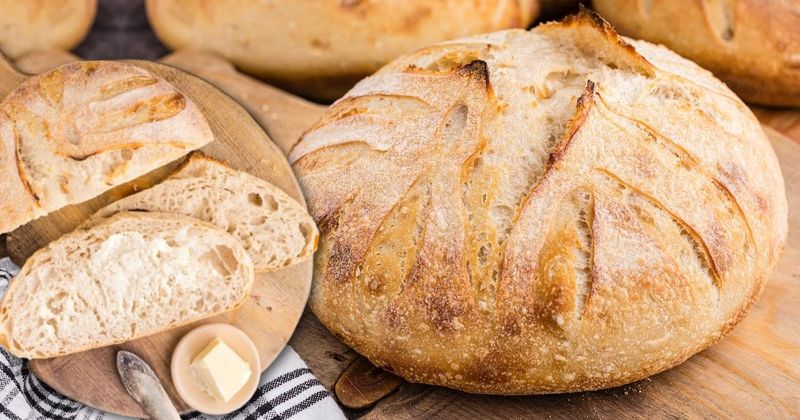
That crusty artisanal loaf loses its magic in refrigerator chill. Cold temperatures accelerate starch recrystallization—the scientific process behind bread going stale—making refrigeration the enemy of good bread.
Professional bakers and chefs store bread in cloth bags, wooden boxes, or ceramic containers at room temperature. These materials allow just enough air circulation while protecting against dryness. For longer storage, freezing preserves texture far better than refrigeration.
Simply slice before freezing, then toast directly from frozen. Most chefs prefer this method over refrigeration, which paradoxically speeds staleness while seemingly extending shelf life.
11. Garlic
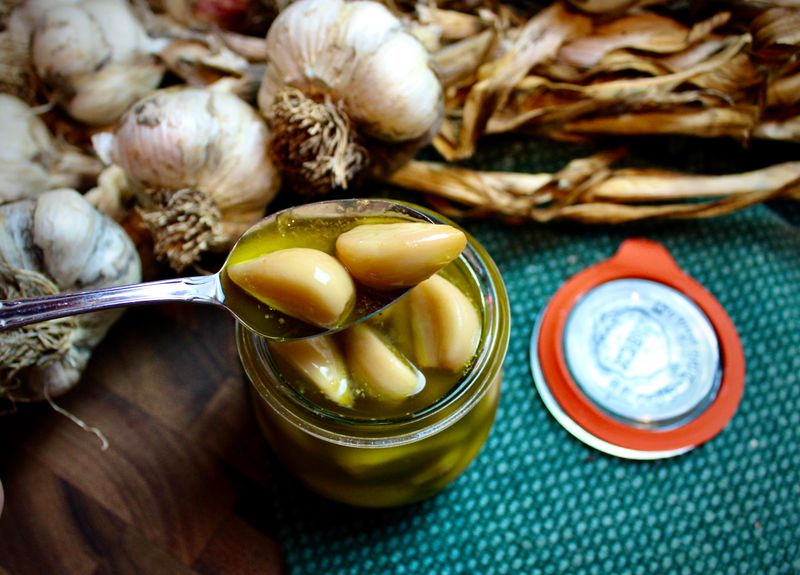
Those paper-wrapped bulbs deteriorate quickly in cold, humid environments. Refrigerated garlic often sprouts green shoots, develops rubbery texture, and loses potency—three reasons chefs keep it far from fridge shelves.
The ideal storage method: a ventilated ceramic container in a cool, dark cupboard. This environment maintains optimal humidity while preventing light exposure that triggers sprouting. For convenience, many chefs create garlic confit—cloves slow-cooked in oil—which can be refrigerated.
This preserves the aromatic qualities while creating a two-for-one ingredient: flavored oil and tender garlic cloves ready for spreading on bread or adding to sauces.
12. Onions
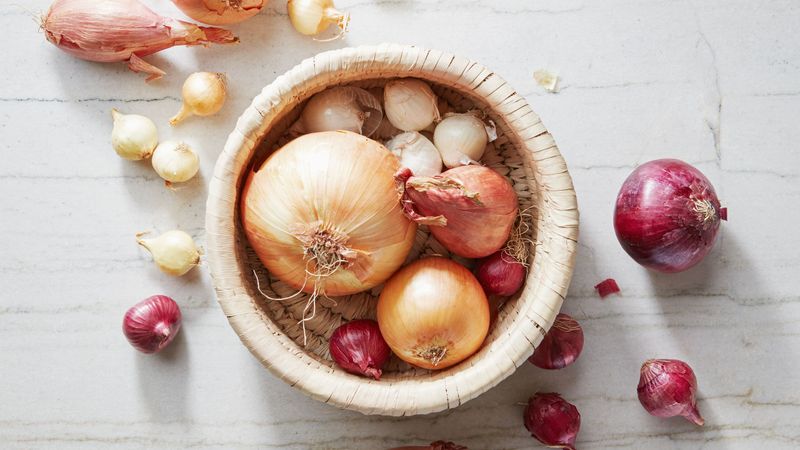
The refrigerator’s humid environment is the enemy of onion longevity. Cold storage causes onions to convert starches to sugars more rapidly, leading to softening and eventual mold—exactly what professional kitchens avoid.
Chefs store onions in mesh bags or open baskets in cool, dry places with good air circulation. The ideal temperature hovers around 45-55°F, making a basement or cool pantry perfect. One critical rule: keep onions away from potatoes, which release moisture and gases that accelerate onion deterioration.
This separation strategy extends the life of both vegetables, ensuring you’ll always have crisp, flavorful onions ready for that next recipe.
Leave a comment